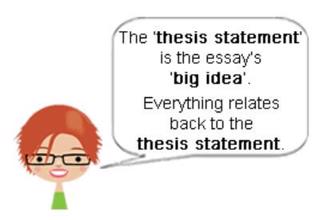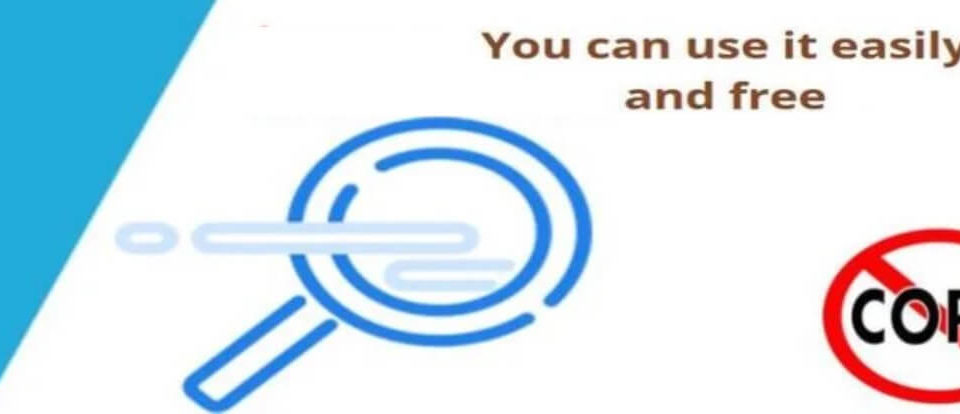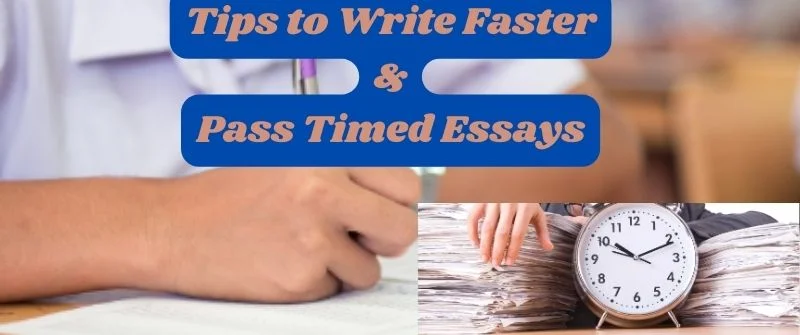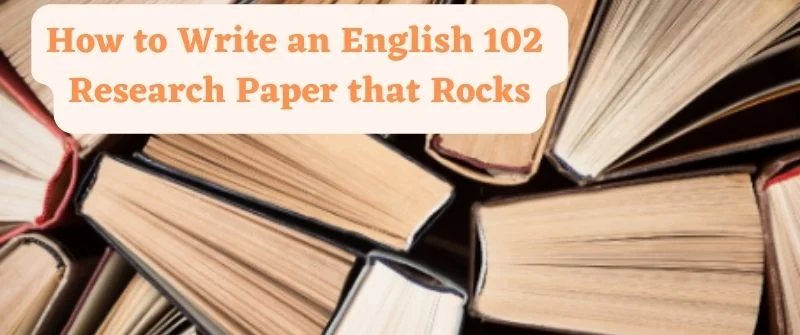5 Parts of an Introduction Paragraph in an Essay or Paper

Every essay or paper you come up with must begin with an introduction paragraph. An introduction paragraph allows you to introduce or present your paper to your readers.
Ideally, you should begin the initial process by presenting a wider scope of the topic. Afterwards, gradually narrow the scope to come up with a more focused point.
Depending on the length of your essay or paper, the introduction may contain one or two paragraphs. We took a poll from our essay writers and found that most introductions are done in only one paragraph.
A short essay or paper will contain a one-paragraph introduction, while a longer paper may contain two paragraphs. It all depends on the content to be incorporated into the introduction paragraph.
Let us Write your Essays! No Plagiarism
Get an expert writer to score an A in your next essay assignment. Place your order today, and you will enjoy it.
Parts of an Introduction Paragraph in an Essay or Paper

The introduction should also explain your new perspectives on the topic. Provide a roadmap of your writing, and hook the audience so that they can read the essay.
In doing so, the introduction sentence elaborates on the stakes and establishes your credibility/authority as a writer.
The main parts of an introduction paragraph of your essay are; an attention grabber, a topic description, an explanation of the topic’s relevance, an outline of the main points, and the thesis of the paper.
Each of these parts does not exist in isolation but as part of the entire paragraph. Each is linked to the other to present a coherent and eye-catching introductory paragraph as a whole.
We can break a good introduction paragraph into five main parts for easy reference and understanding.
Components of an Introduction Paragraph
The following are the five parts and the function each plays in the paragraph;
- Opening Statement or Question – Grabs the Attention
- The Topic Statement – Introduces the Topic
- Relevance sentence – Validates the Topic
- The Main Points – Outlines the Essay’s body
- Thesis Statement – Gives the Purpose of the essay

Let us comprehensively explore all these components in detail. Each section below explains what those parts of a paragraph entail. Also, why they should be incorporated into every introduction of essays or papers.
People Also Read: How to Write and Cite Sources in APA and MLA for Term Papers
1. Opening Statement or Question – Grabs the Attention
This should be the first part of an introduction. It is a way of getting your readers’ attention so they can continue reading your essay or paper.
A good opening statement or question makes a person who is not interested in reading your paper instantly want to know what your paper is all about.
No matter how good the body part of your essay/paper is, a poorly written opening statement that does not evoke a reader’s curiosity. It will most likely reduce their curiosity to read more.
The opening statement or question acts as a first impression that will determine the readers’ willingness to read. Here, you can choose to start your paragraph with either a statement or a question depending on the essay’s purpose.
If you decide to start with an opening statement, ensure that it is an interesting statement your readers want to know more about.
In our other guide, we showed examples of good starter sentences for essays which can come in handy if you are stuck. For instance, if you choose to do an opening question, pose an interesting query that relates to the essay’s purpose.
2. The Topic Statement – Introduces the Topic
This part should come immediately after the opening statement or question. Though you can expound a little on the opening part, you should not waste a lot of time.

In this part of an introduction paragraph for an essay or a paper, you should tell your readers more about the topic and what it is all about.
The reason for doing so immediately after the attention-grabber is to ensure that the readers connect the topic to what has aroused their curiosity.
The part introducing the topic should also provide some background information about the particular purpose of your essay or paper.
This is very important because it helps your readers perceive the reason behind your topic selection. It helps the reader to understand why you are writing about a specific topic instead of others.
Providing relevant background information about the purpose of the essay will also ease the transition of your readers to the main points of the paper or essay.
This is the reason why there is a part within the introduction sometimes referred to as the “transitional part.”
People Also Read: Turnitin or SafeAssign: Which Plagiarism Detection Tool is Right for You?
3. The Relevance Sentence – Validates the Topic
This part explains the relevance of the topic to the readers. This should come between the opening statement/introduction of the topic and the thesis statement.
It is important to transition your readers from being curious to want to learn from what you are writing about. Otherwise, why should your readers continue to read your essay or paper?
This part should demonstrate the topic’s relevance to your readers by helping them relate the issues that will be discussed to their perspectives.
Again, this part of the introduction paragraph bridges the attention grabber to the topic so that the topic can be relevant to the readers. Note that the readers’ attention has been grabbed because it relates to their perspectives.
Therefore, connecting the attention grabber to the topic demonstrates the topic’s relevance to the reader.
Here, you can also provide some more background information concerning the reason why the attention-grabber is relevant to the topic and the readers.
4. The Main Points – outlines the essay’s body
Though the outline of the main points has been taken as the last part of the introduction paragraph, it should not come after the thesis statement.
The thesis should be the last sentence of your introduction paragraph. In some cases, the outline of the main points can be summarized and incorporated within the thesis statement.
In cases where the thesis statement and the outline summary are separate parts, the latter should come before the thesis statement.
Ideally, this part should give your readers an overview of the main points. It is one of the things we explained as a big step in our guide on how to write an essay that we talked about. This is key for someone to read the essay.
4. Thesis Statement – Gives the Purpose of the essay
This is the most important part of your introduction paragraph. It is a clear statement, normally a complete sentence, providing the overall point you will make within the body paragraphs of your paper.

The thesis statement states the argument of your paper.
The thesis statement or purpose should be clear and straightforward.
However, if it is a different statement, you should not write it as a question or a complete/conclusive statement.
Read more on how to write a thesis statement in our guide on how to write essays and learn more.
Let the thesis statement allow your readers to have other thoughts concerning the topic so that you can use the rest of your paper to convince them about your stand.
Get a Brilliant Essay today!
Let our essay writing experts help you get that A in your next essay. Place your order today, and you will enjoy the benefits.
How to Write an Introduction for an Essay
Now that we have discussed the main parts of an introduction paragraph for an essay or a paper, it is important to understand how to write an introduction for the same.
This is because you may know the main parts of the introduction paragraph and fail to understand how to write them. Don’t worry. In this section, we are going to discuss how to write an introduction for an essay.
As aforementioned, the introduction of your essay or paper should hook the audience so that they can read the whole essay or paper, describe the topic, explain the relevance of your topic, and elaborate on the stakes at hand.
It should also establish your credibility/authority as a writer, explain your new perspectives towards the topic, provide a roadmap of your writing, outline the main points, and finally state the purpose or thesis of your paper.
Remembering this, you can easily follow the different strategies of writing the introduction. Explaining the whole essay, in brief, is the main purpose of writing an introduction to an essay and any other text, not just papers.
When writing an opening statement, make sure to hook the audience. You can do this by posing an interesting question or fact that should arouse the curiosity of your readers.
Depending on your paper’s nature, such statements or questions can also be controversial or provocative. The second option is to write a little-known or surprising fact that connects with your topic.
This is where you begin with: “Did you know that…” You can also start with a quote. The most important thing to note here is that you should provide something interesting and relevant when writing an opening statement.
People Also Read: Types of Marketing Research Tools: Primary & Secondary Research
Naming the Topic
When writing the second part of the introduction paragraph concerning the topic introduction, make sure that you have named your topic.
At the same time, explain your topic so that it resonates with your readers. If your essay or paper is meant to be read by your instructor, you should write at the level he or she can relate to and understand best. On the other hand, if your peers read the essay, you should write at their level of understanding.
When it comes to writing a summary of the main points, make sure that you attune the main points to the thesis statement. In doing this, use the General to Specific structure to introduce the essay well.
This is because they will help explain and defend your thesis statement, located at the end of the introduction paragraph. After that last sentence of the introduction, the other body paragraphs follow. The number of paragraphs in the essay will be determined by several factors that you can read on.
While writing this part, give the readers a general perspective of how your points within the paper will be organized. One good example of organizing points is the Kasen Paragraphing method which has a specific way to present points
Finally, when coming up with a thesis statement, decide if you are going to incorporate a summary of the main points within it or it is going to be a different statement.
To learn more about how to write every part of essay writing, read our comprehensive step-by-step guide on how to write an essay, and learn all that you need. In that guide, you will know how to write an introduction, an outline, body paragraphs, conclusion, and formatting of an essay.
Here is a video tutorial on the parts of an introductory paragraph.


With over 10 years in academia and academic assistance, Alicia Smart is the epitome of excellence in the writing industry. She is our managing editor and is in charge of the writing operations at Grade Bees.




